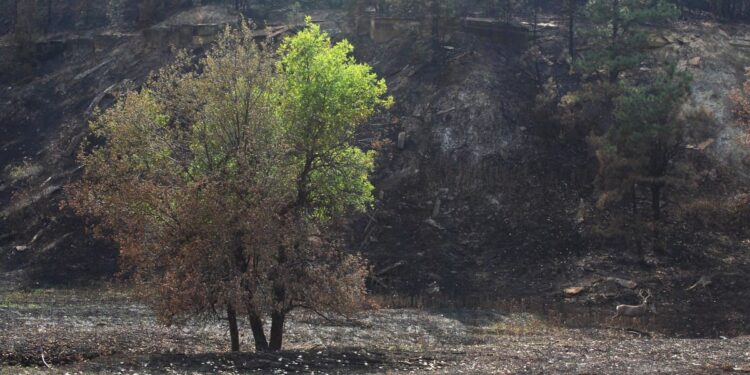OTTER — Jim Gilliland sat at the kitchen table in his ranch house, sorting through the mess of papers strewn about before him. Promotional leaflets advertised soil rejuvenation services. Glossy flyers touted potential government assistance for fence reconstruction projects. Informational brochures offered access to livestock feed at reduced cost.
Outside Gilliland’s window, just 200 yards from his house, blackened ground marked the Remington Fire’s farthest advance. The wildfire had burned tens of thousands of acres across Powder River, Big Horn and Rosebud counties during the early days of September. On Wednesday, Aug. 28, Gilliland went to help fight the fire as it spread northward from Sheridan County, Wyoming. When winds pushed the blaze to the edge of his roughly 5,000-acre ranch, he resorted to sheltering what animals he could. His cattle were spread across various pastures, including the 14,000 acres Gilliland’s livestock graze via National Forest leases. The Remington fire burned over all of the combined 19,000 acres.
Eighty of Gilliland’s hay bales burned in the fire, leaving him with only 20. The blaze consumed a water tank, its lining made of six-inch-thick rubber. Gilliland couldn’t find a trace of it.
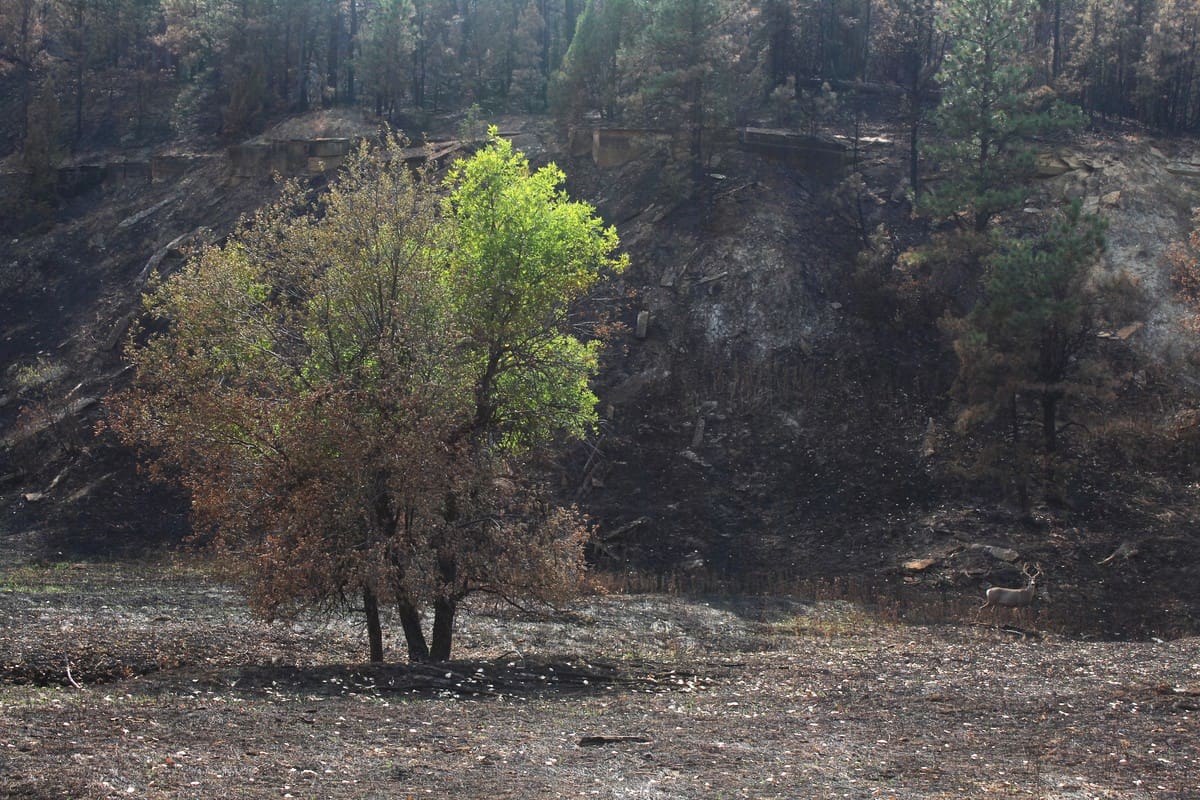 In places, the Remington Fire burned through ground fuels before the fire could spread upward, leaving charred trees with unburnt canopies.
In places, the Remington Fire burned through ground fuels before the fire could spread upward, leaving charred trees with unburnt canopies.
Credit: Zeke Lloyd / MTFP
“I feel worse about the cows,” Gilliland said. He had 250 heifers and several bulls before the fire. Roughly 150 are dead or missing.
“It makes it tough when you have a calf crop and you don’t get the calf to sell to pay the bills,” Gilliland said. “If you lose half your cows, it makes it tough financially.”
The fire also destroyed 28 miles of Gilliland’s fencing, allowing livestock scattered by the fire to roam freely around his property. Five different brands of cattle have wandered into his fields. Gilliland corralled them and returned them to their owners.
“It’s hard on the small guys, the guys with the little outfits like ours,” Gilliland said.
Like Gilliland, many southeastern Montana ranchers utilized the prairie and sagebrush steppe as pastureland. But the Remington Fire turned grass into tinder, eventually growing into a 190,000-acre fire. Daven Thorne, a game warden with Montana Fish, Wildlife and Parks, drove along Otter Creek just days after the Remington Fire had burned through the nearby grassy hills.
RELATED
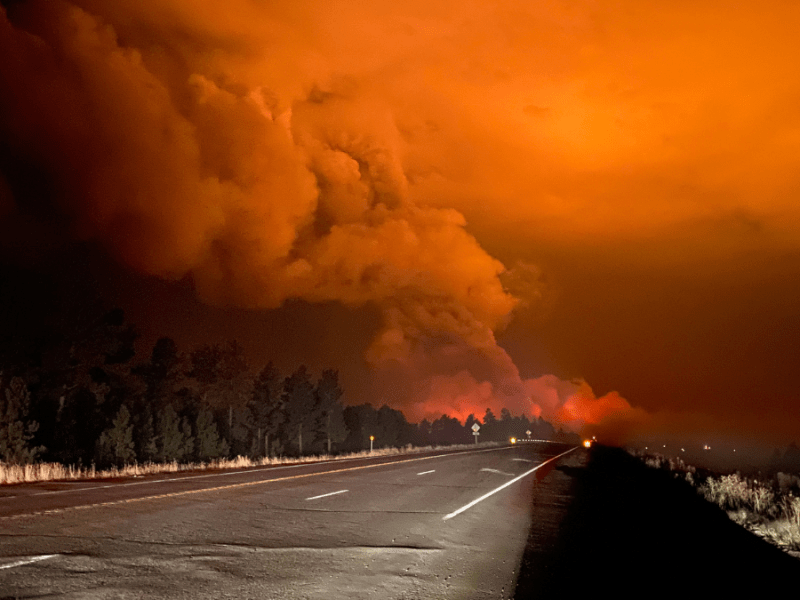
Tracking eastern Montana’s silent firestarters
Underground coal seams are part of the landscape in eastern Montana, and can burn unnoticed for years. As summers get hotter and drier, the quiet burns can get out of hand, as happened with the Richard Spring Fire last summer. Mapping the smoldering seams is one way to address the risk early, and Custer County Disaster and Emergency Services, in partnership with tribal, local, state and federal agencies, is working to get that data out to the public.
“If you looked south and west, it was black as far as you could see,” Thorne said. “It was almost unrecognizable.”
The Remington Fire was first reported on Aug. 22. In a week it had grown into Montana’s largest wildfire of the season to date. By late August, it attracted the attention of statewide offices. Sen. Jon Tester published an open letter to U.S. Secretary of Agriculture Tom Vilsack, urging him to “provide immediate assistance to farmers and ranchers who have been impacted by the Remington wildfire.” (On Sept. 4, USDA published a press release providing a detailed list of relief programs available to Montana ranchers.) On Sept. 5, Gov. Greg Gianforte went to Broadus, in Powder River County, to talk with Montanans impacted by the blaze. By the beginning of September, the fire was almost entirely contained.
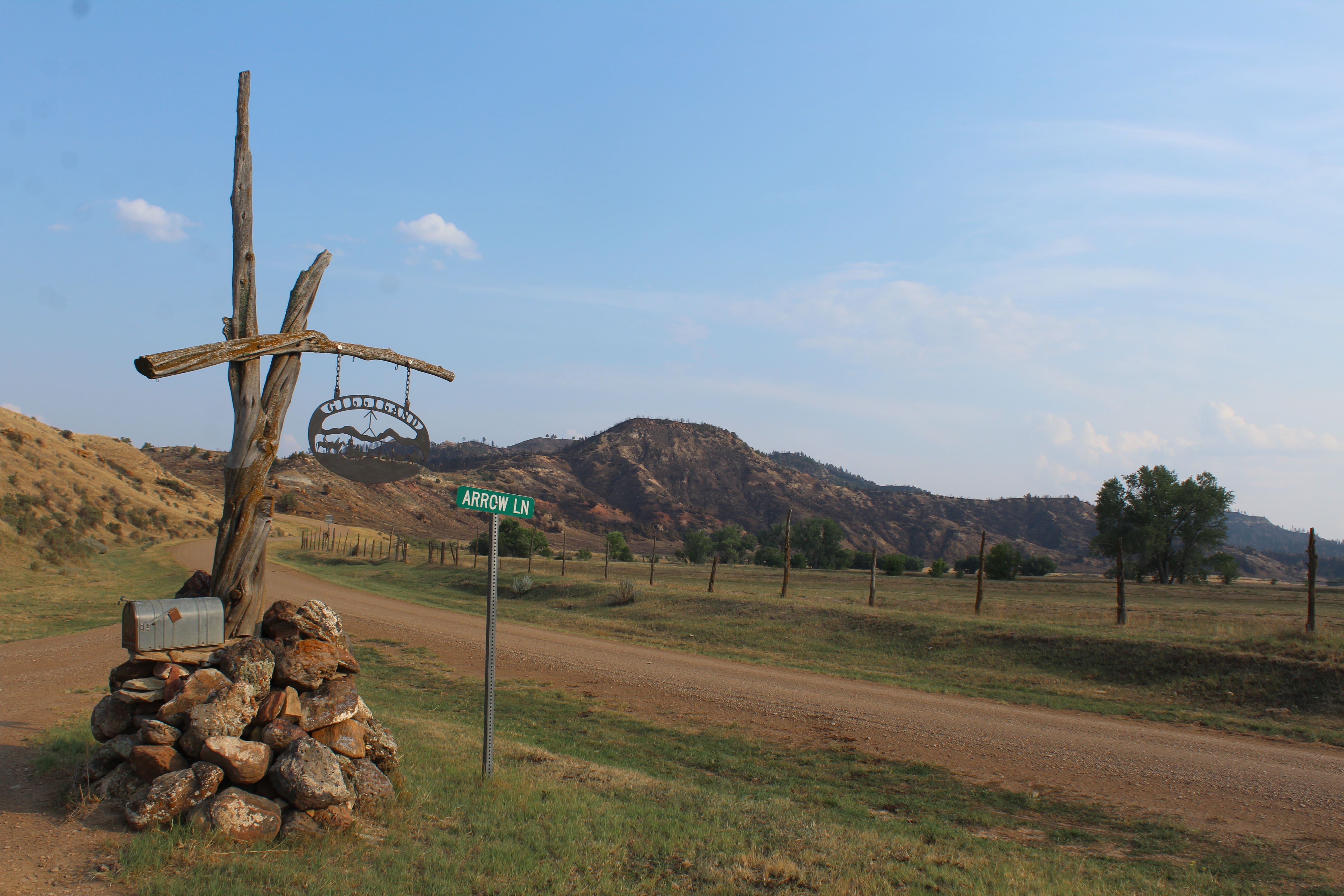 Burn scars span ridges around Jim Gilliland’s ranch near Otter.
Burn scars span ridges around Jim Gilliland’s ranch near Otter.
Credit: Zeke Lloyd / MTFP
On Sept. 9, the National Interagency Fire Center estimated the total firefighting cost of fighting the Remington Fire at just short of $6 million. But the blaze’s trajectory along some of Montana’s southeastern counties raises concerns among local firefighters about continuing costs to come. Coal seams, stretches of the flammable black rock embedded along or just beneath the earth’s surface, populate Montana’s coal-rich southeast. Wildland fires often ignite coal seams, causing the veins to burn for weeks, months or years.
Cory Cheguis, Custer County’s fire chief and a statewide expert on coal seam fires, maps burning coal seams fires around eastern Montana. He utilizes infrared-equipped drones to identify differences between ambient-temperature earth and burning coal seams. Unignited veins do not carry a distinctive heat signature, so infrared cameras can’t map them.
“Now we’re gonna map it, because we can only imagine how many new coal seams got ignited because of the [Remington] fire,” Cheguis said.
It’s unlikely that the exact number of coal seam fires sparked by the Remington Fire will be confirmed any time soon. While nearby landowners may identify some coal seam fires by their pungent smell, the byproduct of an array of toxic gasses, drone-based cartography initiatives won’t begin until the winter.
“The ground’s too hot. There’s not enough heat difference between the ground and coal seams yet,” said Clint Pederson, a member of the Broadus volunteer fire department in Powder River County and cofounder of CM Thermal and Fire, a company that maps coal seam fires. Intercounty collaboration is already afoot — Custer County awarded Powder River County $100,000 to “map coal seam areas subject to fire activity.”
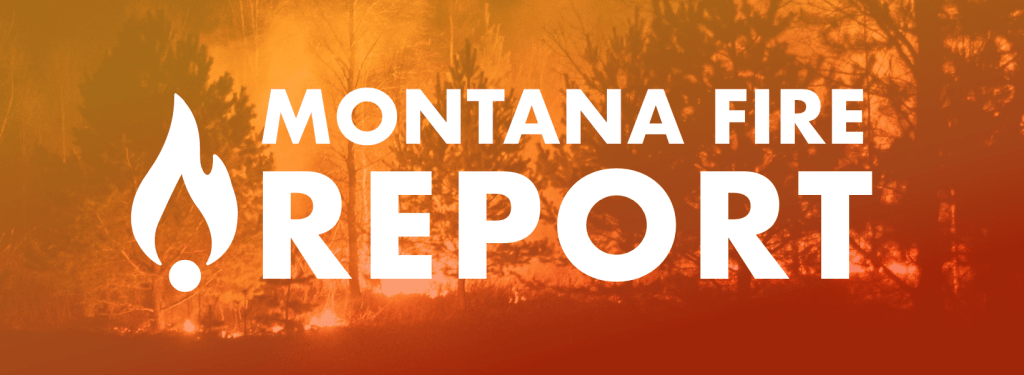
Those funds don’t cover any efforts to extinguish coal seam fires, though, which Cheguis anticipates will be a much longer process, since extinguishing a coal seam fire usually involves removing the coal seam. Coal seams aren’t large enough to draw interest from private coal-mining companies, so removal efforts fall to public institutions. In August, the United States Environmental Protection Agency awarded the Montana Department of Natural Resources and Conservation $49 million for a range of projects aimed at reducing carbon emissions and mitigating the impacts of climate change, including $10 million to “mitigate and extinguish coal seam fires.”
In the meantime, the glow of sparked coal seams adds another layer of chaos to the charred acreage spread across tens of thousands of acres south of Birney. Alongside torched fences, scorched grass and dead livestock, coal seam fires are likely to remain the longest-lasting symbol of the Remington Fire’s lingering impacts.
LATEST STORIES
Can Bozeman find relief from its burgeoning rental market?
State policy has focused on cutting regulations to make it easier for developers to build new homes, reasoning that the additional supply will slow or reverse price increases by giving buyers and renters more options. But some of those policies limit what local governments can do to support affordable housing.
BLM identifies acreage suitable for solar development
According to a newly published roadmap from the Bureau of Land Management, about 572,000 acres of land in Montana have some baseline potential for utility-scale solar development, more than double the acreage the agency identified in the draft Environmental Impact Statement it released in January.
Montana records strong wage growth since early 2021
The administration of Gov. Greg Gianforte, specifically the state Department of Labor and Industry, published its annual Labor Day report on the status of Montana’s economy last week. As has long been tradition under both Democratic and Republican governors, the report emphasizes the bright spots in the state’s economic performance — among them, strong wage growth since Gianforte took office at the beginning of 2021.
Source link : http://www.bing.com/news/apiclick.aspx?ref=FexRss&aid=&tid=66e09c33c9094967a42b745739f4b434&url=https%3A%2F%2Fmontanafreepress.org%2F2024%2F09%2F10%2Fremington-fire-chars-pastures-at-high-risk-for-coal-seam-fires%2F&c=3232977376294504788&mkt=en-us
Author :
Publish date : 2024-09-10 07:03:00
Copyright for syndicated content belongs to the linked Source.

